Saxony is looking forward to welcoming you!
Recommended by our holiday experts
Booking hotline: +49 (0)351 491700
Planning tips
Current weather in Saxony
Weather tips
Discover Dresden
in 3 days...
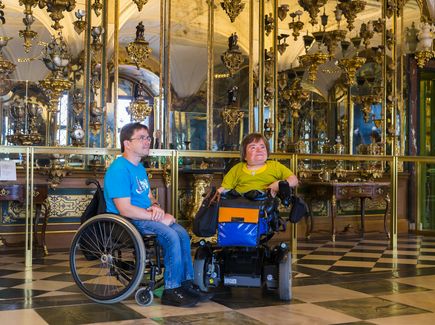
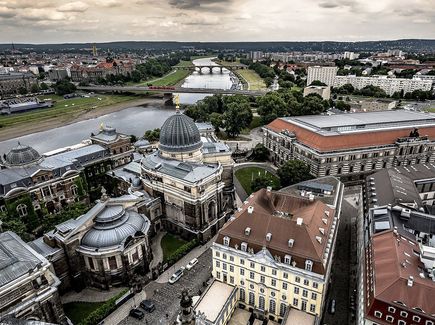 © Anita Demianowicz
© Anita Demianowicz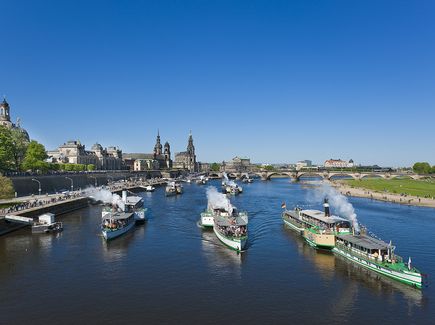
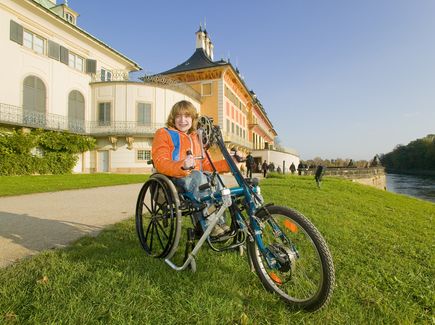
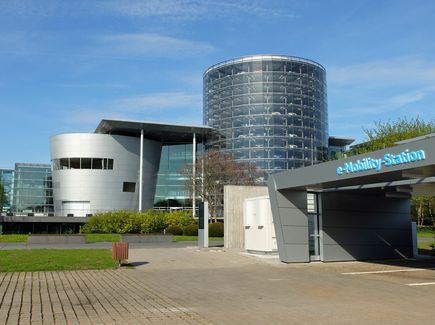
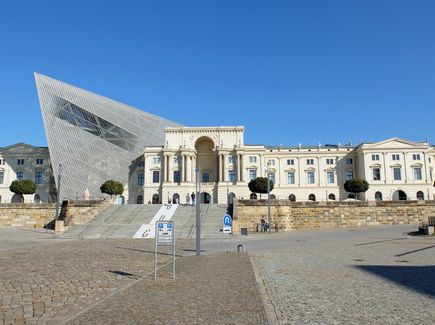
Discover Saxony
in 5 days...
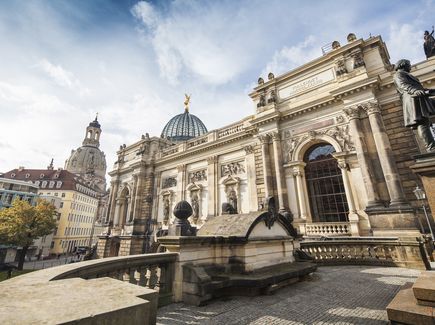
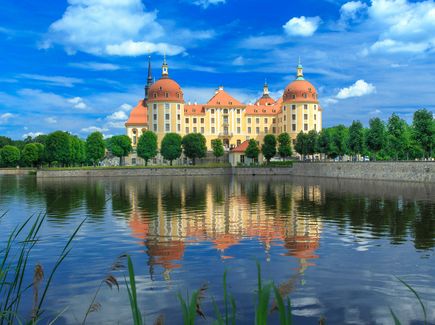
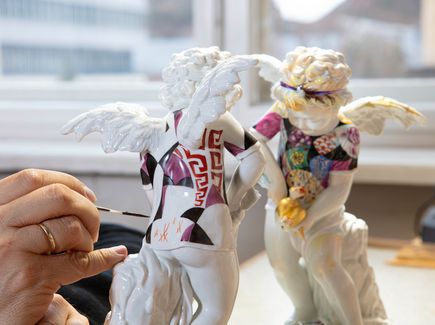 © MEISSEN
© MEISSEN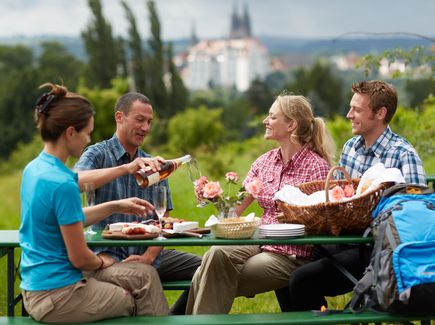 © Marcus Gloger
© Marcus Gloger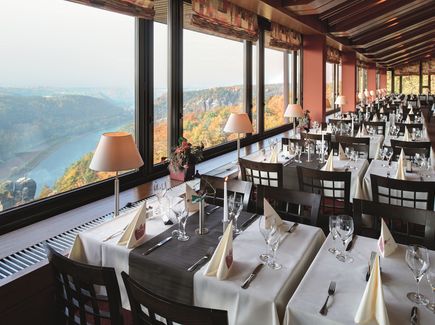
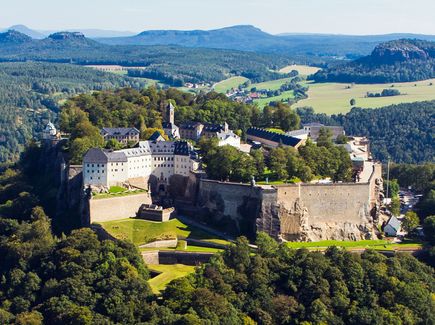
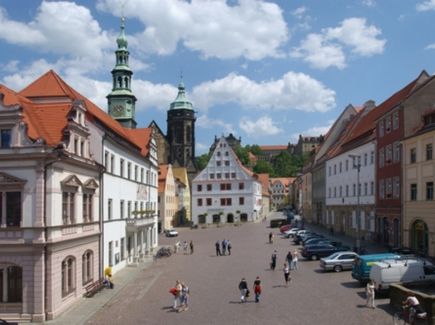 © Fuessel
© FuesselDiscover Saxony
in 7 days...
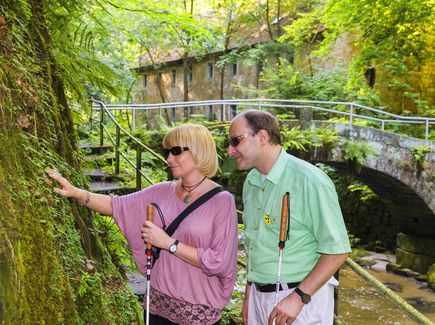
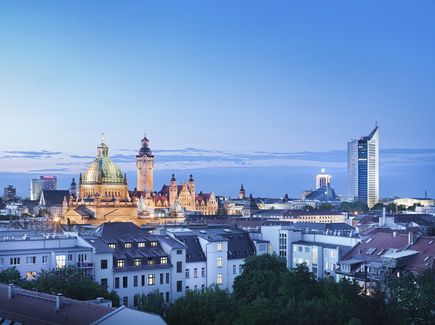 © Michael Bader
© Michael Bader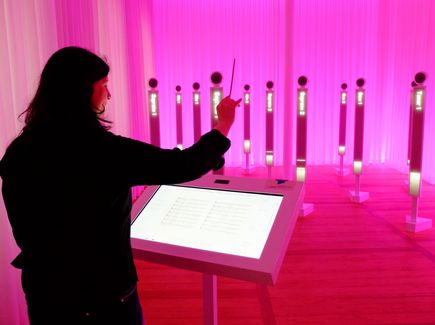
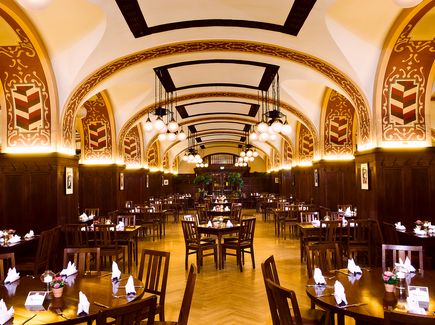
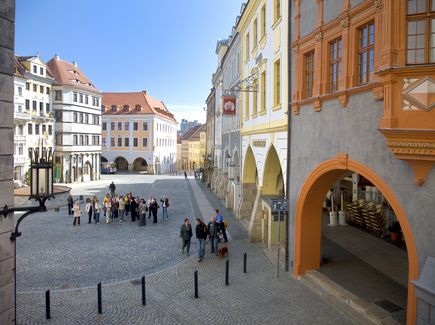
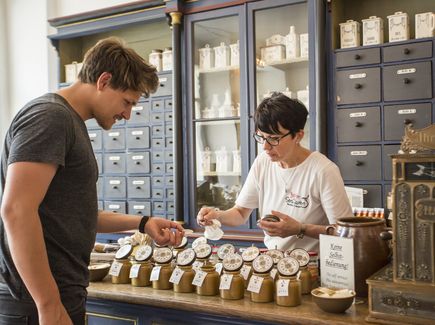
It appears that you are using Microsoft Internet Explorer as your web browser to access our site.
For reasons of functionality and security, we recommend that you use a current web browser such as Firefox, Chrome, Safari, Opera, or Edge. Internet Explorer does not display all the content of our website correctly and does not offer all its functions.